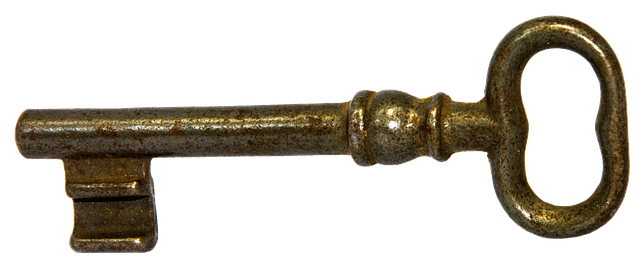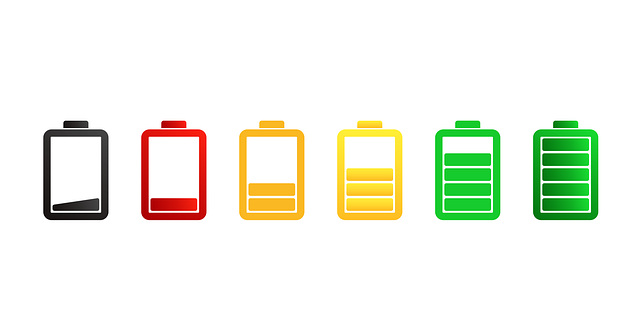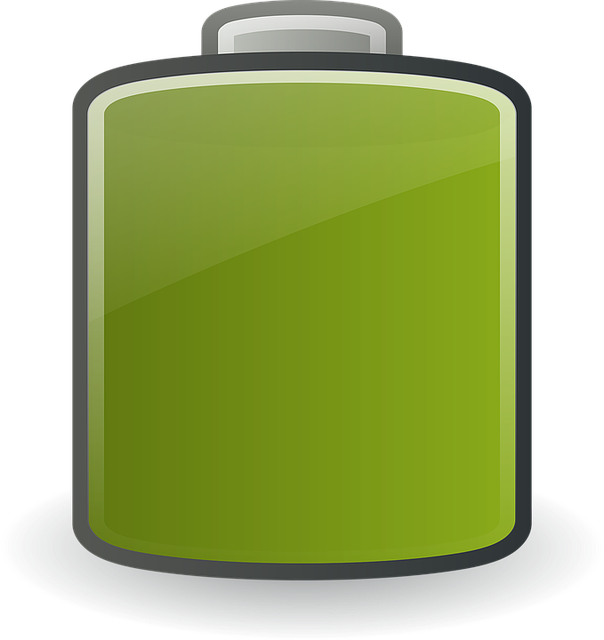Button battery ingestion is a serious health risk due to their small size and potential to cause severe chemical burns within hours of swallowing. Individuals of all ages are at risk, with symptoms including abdominal pain, vomiting, lethargy, and refusal to eat or drink appearing quickly. It's critical to seek immediate medical intervention upon noticing these signs, as early treatment can significantly improve prognosis. To prevent ingestion, caregivers should secure devices with button batteries and ensure they are kept out of children's reach. Understanding safe disposal practices and the risks associated with these batteries is essential for preventing accidental ingestions and effectively managing their serious consequences. Public awareness and education are key to mitigating the dangers of button battery ingestion, emphasizing the importance of prompt medical attention post-ingestion to avoid severe health complications like internal bleeding, peritonitis, esophageal or gastric burns, strictures, persistent inflammation, and increased cancer risk. Regular follow-up care is crucial for managing any long-term effects.
When a small, disc-like object finds its way into a child’s or pet’s digestive tract, the urgency of identifying and addressing it cannot be overstated. This article sheds light on the critical issue of button battery ingestion, a silent yet serious hazard. We will explore the signs that may indicate swallowing, the immediate actions to take, the potential long-term health impacts, and how to prevent such incidents. Recognizing and responding promptly to button battery ingestion is essential for minimizing risks and ensuring the best possible outcome. Understanding the gravity of this situation and equipping oneself with the necessary knowledge can make all the difference.
- Understanding Button Battery Ingestion: An Overview
- Identifying the Warning Signs of Button Battery Swallowing
- Immediate Steps to Take Upon Suspecting Button Battery Ingestion
- Long-Term Health Complications from Button Battery Exposure
Understanding Button Battery Ingestion: An Overview

Understanding button battery ingestion necessitates a comprehensive grasp of their role in everyday devices and the potential hazards they pose when accidentally swallowed. Button batteries, small circular cells, are commonly found in household items such as remote controls, watches, hearing aids, and various electronic gadgets. Due to their compact size and coin-like shape, young children and even adults may ingest them by mistake. Once inside the body, these batteries can cause severe chemical burns within mere hours, damaging vital tissues like those in the esophagus or stomach. Recognition of the symptoms is crucial; they may include abdominal pain, vomiting, lethargy, and refusal of food or liquids. The onset of these symptoms should prompt immediate medical attention as timely intervention can significantly increase the chances of a favorable outcome. It’s essential for caregivers to be aware of the potential dangers associated with button batteries and to practice preventative measures, such as securing devices and keeping the batteries out of reach of children. Similarly, educating oneself on the proper disposal methods and understanding the risks involved can aid in preventing accidental ingestion and mitigating the serious consequences that may arise from this type of hazardous substance.
Identifying the Warning Signs of Button Battery Swallowing

If a button battery is swallowed, prompt recognition of associated symptoms is crucial for effective intervention. The initial warning signs may include gastrointestinal distress such as abdominal pain or vomiting. These symptoms can manifest relatively quickly after ingestion and should not be ignored. Additionally, changes in stool color, particularly if the battery has corroded, may occur, often presenting as black or dark green stools due to the chemicals within the battery reacting with digestive acids. It’s imperative for individuals who have accidentally ingested a button battery to seek medical attention immediately upon noticing these signs. The longer the battery remains in the body, the higher the risk of chemical burns to the esophagus or other parts of the gastrointestinal tract, which can lead to serious complications and require surgical intervention. Therefore, recognizing the symptoms early and acting swiftly can significantly improve the prognosis for those who have ingested a button battery.
Immediate Steps to Take Upon Suspecting Button Battery Ingestion

If a button battery has been ingested, immediate medical attention is critical. The symptoms can be subtle at first but may quickly escalate. The presence of a button battery in the digestive system poses a significant risk due to its alkaline content, which can cause severe chemical burns upon contact with bodily tissues. It’s essential to remain calm and act swiftly. The first step is to seek professional medical help right away. Do not induce vomiting or attempt to extract the battery, as these actions could lead to further injury. Provide any available information to healthcare providers, including the age and weight of the individual, the type of button battery (if known), and the time it was likely ingested. Every minute counts in such situations; rapid diagnosis and intervention can significantly improve the prognosis. Medical professionals will typically perform an X-ray or endoscopy to locate the battery and determine the best course of action to safely remove it, preventing serious complications.
Long-Term Health Complications from Button Battery Exposure

Button batteries, commonly found in everyday devices such as watches, remote controls, and hearing aids, can pose significant health risks if ingested. Long-term exposure to the chemicals within these batteries can lead to severe complications. One of the primary concerns is the formation of perforations in the gastrointestinal tract due to caustic alkaline substances in the battery juice. This can result in internal bleeding and peritonitis if the battery enters the digestive system’s membranes. Furthermore, the corrosive nature of the battery can cause burns in the esophagus or stomach, potentially leading to strictures, which are narrowed areas within the gastrointestinal tract that can impede the passage of food and liquids. In some cases, ingested batteries can become lodged and continue to release chemicals over time, causing chronic inflammation and increasing the risk of cancer. The long-term health implications of button battery ingestion underscore the importance of immediate medical attention upon suspected ingestion. Regular follow-up and monitoring are essential for managing any potential late effects and ensuring the best possible outcome for those affected.
Recognizing and responding promptly to the symptoms of button battery ingestion is crucial for preventing serious health complications. This article has shed light on the critical aspects of understanding, identifying, and addressing this issue. Should a button battery be swallowed, immediate medical attention is essential to mitigate potential harm. Proactive awareness and swift action can significantly improve patient outcomes. It is imperative for individuals, especially those with young children or who use portable electronics, to be vigilant and well-informed about the risks associated with button batteries. By staying informed and prepared, we can ensure a safer environment for all.
